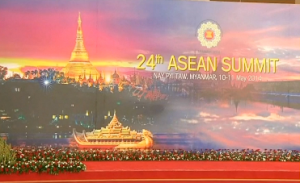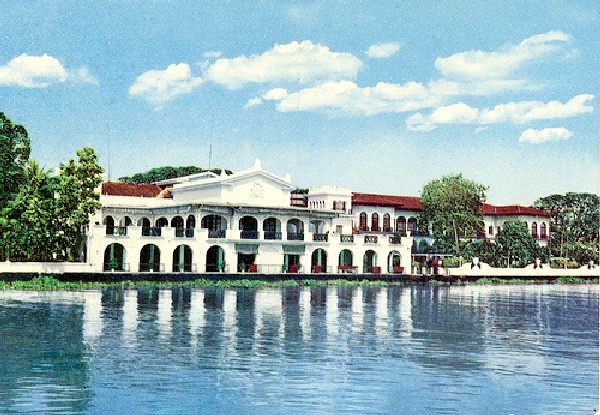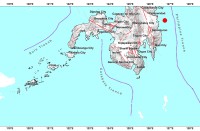
(Reuters) — A surge of tensions in the South China Sea threatens to widen divisions between Southeast Asian nations at a summit this weekend, posing a severe test for host Myanmar as the newly democratic country seeks to manage the region’s growing alarm over China.
Leaders and government officials of the Association of the Southeast Asian Nation (ASEAN) will be attending meetings in Myanmar’s capital, Naypyitaw to discuss regional and international issues starting on Saturday (May 10).
However, the routine annual meeting of Southeast Asian leaders has been given a jolt of urgency by a series of collisions this week between Chinese and Vietnamese vessels afterChina stationed a giant oil rig near the disputed Paracel islands, off Vietnam’s coast. Both sides have blamed the other, and dozens of coastguard and patrol vessels are in the area.
This year marks a prominent step for Myanmar as it is the first time they are hosting the ASEAN Summit after joining the regional bloc in 1997.
Myanmar’s Deputy Information Minister said they were feeling more confident.
“We have the more confident in our process (to reform) now, all the even the different stakeholders are working to fulfil the ASEAN Summit chairmanship. So we want to bring this cooperation to the future reform process,” he said.
Myanmar, whose chairmanship of the 10-member Association of Southeast Asian Nations(ASEAN) this year marks a coming out on the international stage following the restoration of democracy in 2011, must walk a fine line between preserving ASEAN unity and not upsettingChina, its biggest trade partner.
Myanmar will host two broader regional summits later this year, culminating in the East AsiaSummit in November that is attended by the U.S. president as well as the Chinese head of state.
It will be keen to avoid a repeat of a disastrous ASEAN summit in 2012 when host Cambodia, a close Chinese ally, attempted to keep the South China Sea row off the agenda, resulting in ASEAN’s failure to issue a joint statement for the first time in 45 years.







